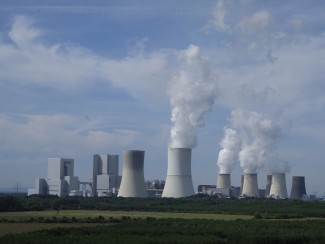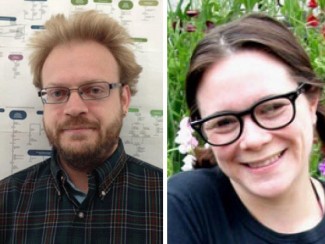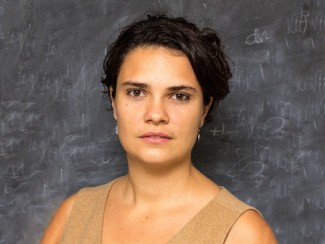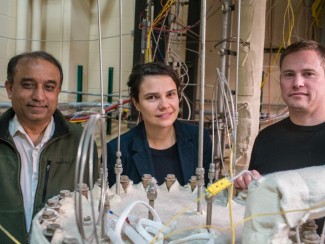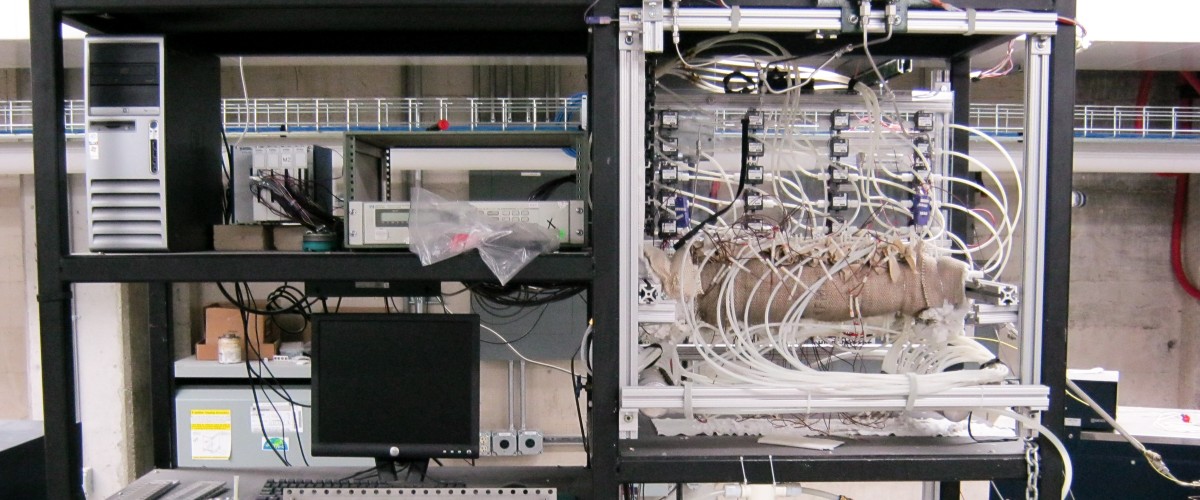
In the U.S., electric power plants are both high-cost and inefficient. Power plants generate energy by combusting fuel that heats water into steam, which in turn drives a steam turbine that generates electricity. Over the past decade, UW–Madison researchers have been exploring supercritical carbon dioxide, an extraordinary fluid with qualities of both a liquid and a gas that could provide a better alternative to this model. Replacing the steam turbine system with a gas turbine that uses supercritical fluids could increase our power generation efficiency by 50 percent or more. Supercritical fluids also have applications in natural gas, nuclear, wind, and solar energy, and in advanced refrigeration.

